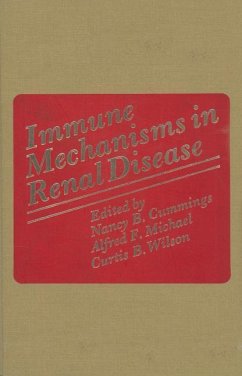WEGENER'S GRANULOMATOSIS & ANCA-ASSOCIATED DISEASES: THE STORY CONTINUES The disease now designated as Wegener's granulomatosis (WG) was first described in 1931 by Heinz Klinger, who considered it to be a special form of polyarteritis nodosa. Klinger's friend, Friedrich Wegener, expanded on the first observations and interpreted the pathological and clinical fmdings to represent a distinct disease entity (Wegener, 1939). He described this entity as a "peculiar rhinogenous granulomatosis with a unique participation of the arterial system and the kidneys". Later, Godman and Churg (1954) established the classical diagnostic criteria (the "WG triad"): granuloma, vasculitis, and glomerulonephritis. In 1958 Walton pointed out the poor prognosis of WG based on a small number of published cases (mean survival time: 5 months). In 1966 Carrington and Liebow reported "limited forms" of WG with a defmitely more favorable prognosis. Since then positive results have been reported with cyclophosphamide therapy. In addition, a retrospective study of combined low-dose cyclophosphamide and prednisolone in 85 WG patients over a period of 21 years found a similarly encouraging outcome. The·latter experience led to the current "standard" treatment protocol (FAUCI et al. , 1973 and 1983). More recently, strong evidence has emerged that some of the morbidity and mortality ofWG - and other types of systemic vasculitis - may be a consequence of this treatment (Hoffman et al. , 1992).








